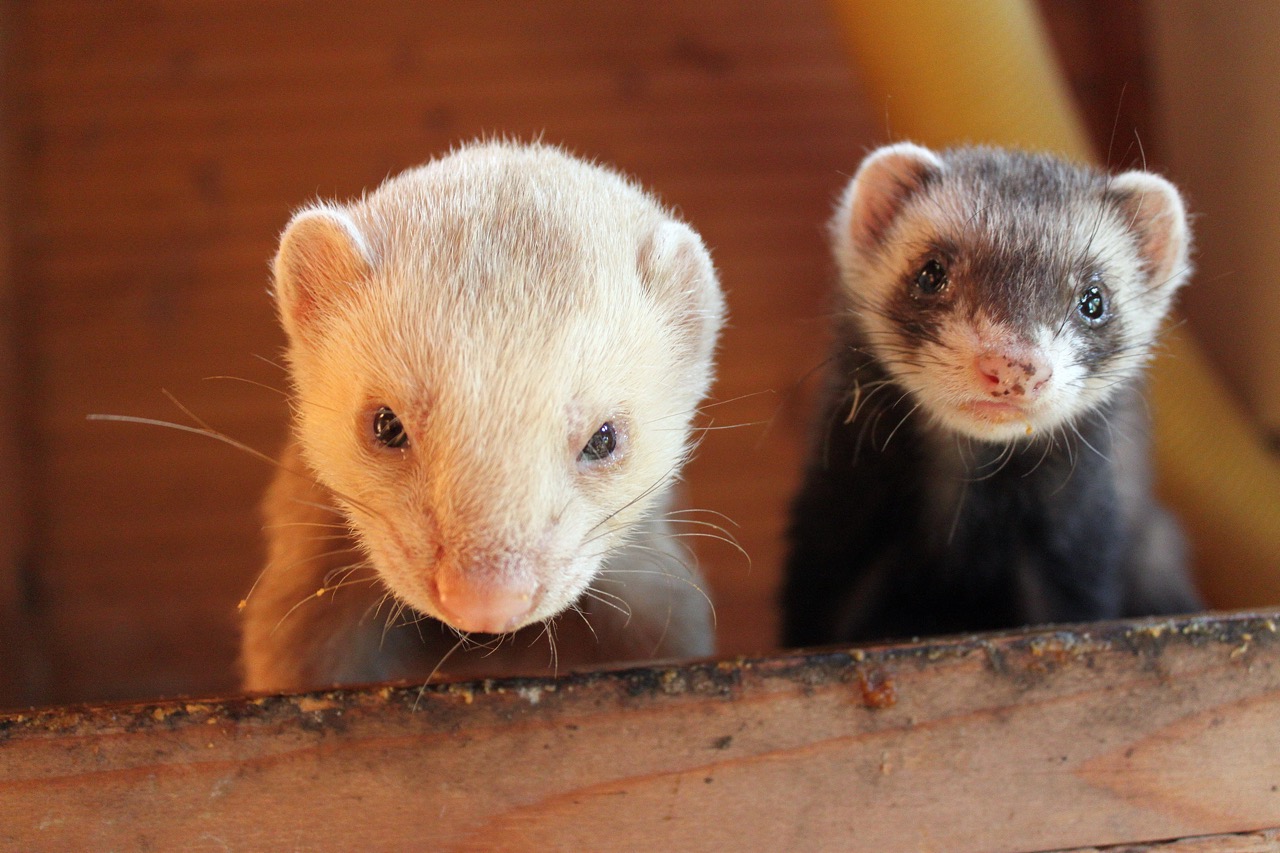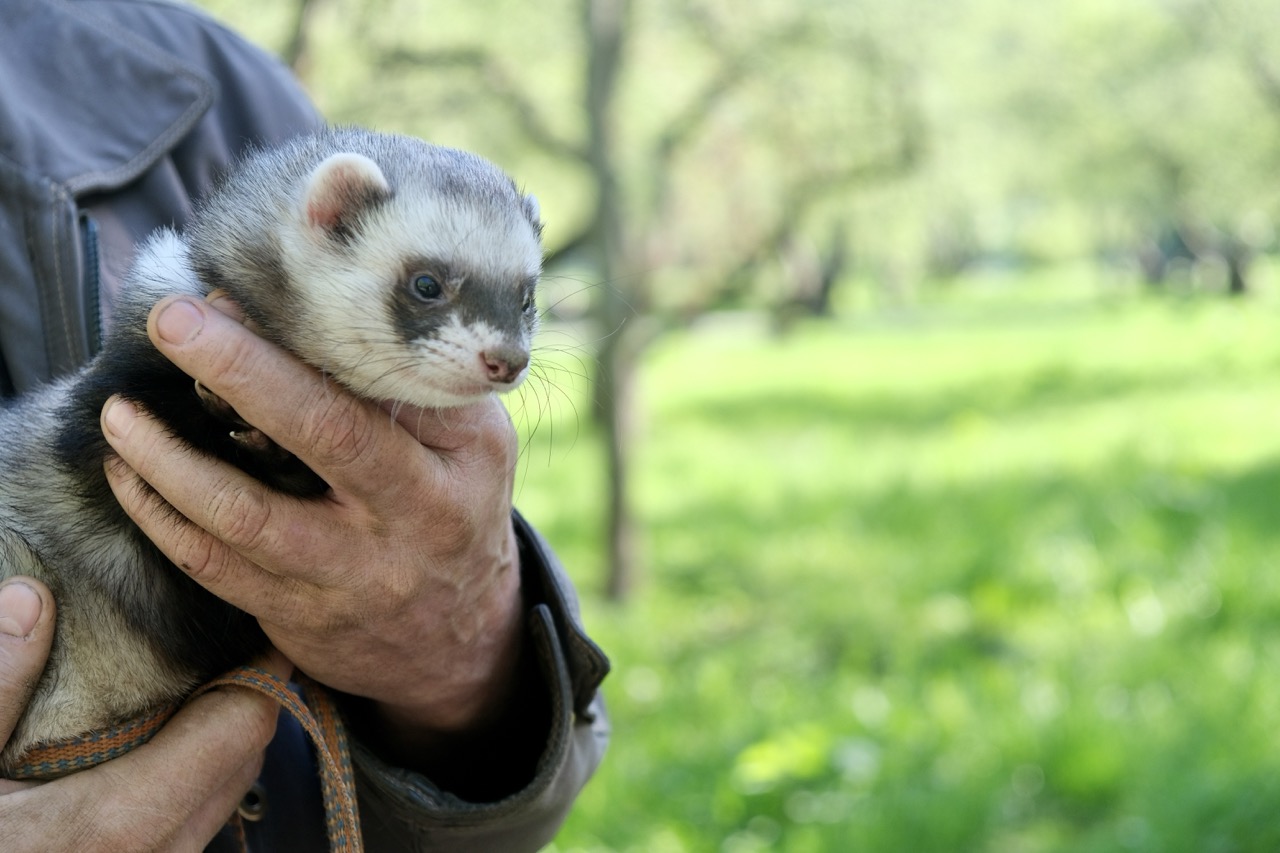Creating a suitable habitat for your ferret is crucial for their health and happiness. Ferrets are active, social creatures that require ample space to explore, play, and exercise. A well-designed cage that includes a dedicated exercise area can help ensure that your ferret thrives in a safe and stimulating environment. In this article, we will explore the essential aspects of building a ferret cage, focusing on housing requirements, key design components, an engaging exercise area, and maintenance tips to keep your ferret’s living space clean and safe.
Understanding Ferret Housing Requirements for Optimal Health
Ferrets are small, energetic animals that thrive in a spacious environment. A suitable cage should provide sufficient room for them to move around comfortably. The typical size for a ferret cage should be at least 24 inches wide, 24 inches deep, and 36 inches tall, with multiple levels to climb. Ferrets are naturally curious and exploratory, so vertical space is just as important as horizontal space. A cage that allows for climbing, tunneling, and hiding is ideal to keep them mentally stimulated.
Moreover, ferrets are social animals that benefit from companionship. If you have more than one ferret, your cage should accommodate them without crowding, ensuring that each ferret has its own space within the habitat. Proper ventilation is also critical; cages should have well-designed openings that allow for good airflow to prevent odors and maintain a healthy environment. Avoid using cages with narrow bars that could trap a ferret’s head or body, as this poses a risk of injury.
Lastly, providing a temperature-controlled environment is essential. Ferrets are sensitive to extreme temperatures; they thrive at room temperature but can suffer in excessively hot or cold conditions. The cage should be placed in a shaded area away from direct sunlight or drafts, with the option for extra bedding or blankets during colder months. Meeting these housing requirements will create a foundation for your ferret’s optimal health and well-being.
Key Components of a Functional Ferret Cage Design
When designing a ferret cage, consider including multiple levels connected by ramps or stairs. This vertical space encourages exercise and exploration, keeping your ferret engaged and active. Use sturdy materials that can withstand chewing and scratching, as ferrets are known for their curious and destructive tendencies. Wire cages with solid flooring are preferred, as they offer durability while providing adequate ventilation.
Incorporate various hiding spots and enrichment items within the cage. Ferrets enjoy burrowing and exploring, so adding hammocks, soft bedding, and boxes can create a comfortable and stimulating environment. You can also include platforms for climbing, as well as toys that challenge their intelligence, such as treat balls or puzzle toys. Rotating these items periodically will help maintain interest and prevent boredom.
Finally, ensure that the cage has appropriate access points for cleaning and maintenance. The design should allow you to easily remove bedding, food dishes, and toys for regular cleaning. Consider using removable trays or corners that can be washed separately to keep the cage hygienic. By thoughtfully designing your ferret’s cage with these components, you can create an engaging and functional living space.
Designing an Engaging Exercise Area for Ferrets
An exercise area is vital for the physical and mental well-being of your ferret. This designated space should be safe and secure, allowing your ferret to run, explore, and play freely. You can create an exercise area in a separate room, using baby gates or pens to confine the space, ensuring it is escape-proof. This area should be clutter-free and devoid of any hazards, such as electrical cords or small objects that could be swallowed.
To make this area engaging, you can include various enrichment activities such as tunnels, climbing structures, and toys. Ferrets love to dig and burrow, so incorporating soft bedding or piles of safe materials can encourage their natural behaviors. Interactive toys, such as feather wands or balls with bells, can also stimulate play and exercise. Additionally, you can set up obstacle courses that challenge their agility and curiosity, promoting physical activity while providing mental stimulation.
Regularly rotating toys and changing up the environment will keep the exercise area fresh and exciting. Supervise your ferret during playtime to ensure their safety and prevent any potential accidents. By providing a stimulating and secure exercise area, you can encourage healthy activity levels and enrich your ferret’s life.
Maintaining a Safe and Clean Environment for Ferrets
Maintaining a clean environment is crucial for the health and happiness of your ferret. Ferrets are prone to certain health issues, and a dirty cage can exacerbate these problems. To keep the living space hygienic, clean the cage daily by removing soiled bedding and uneaten food. A thorough cleaning should be done weekly, involving washing the cage with pet-safe disinfectants and replacing all bedding. Ensure that all toys and accessories are also cleaned to prevent the buildup of bacteria.
In addition to cleanliness, keeping the environment safe from potential hazards is vital. Ferrets are known for their adventurous spirit, so ensure that the exercise area is devoid of any toxic plants, chemicals, or small objects that could be ingested. Inspect the cage regularly for any wear or damage that could lead to escapes or injuries. Secure any small openings and reinforce areas that may be prone to chewing.
Finally, consider providing a dedicated litter area within the cage to help manage waste effectively. Ferrets can be litter-trained, and having a specific spot for them to relieve themselves will make cleaning easier. Use safe, absorbent litter that minimizes odors and is easy to replace. By prioritizing cleanliness and safety, you can create an enjoyable living space that promotes the well-being of your ferret.
In conclusion, creating a proper ferret cage with an engaging exercise area is essential for your pet’s happiness and health. By understanding their housing requirements and including key design components, you can create a stimulating environment that meets their physical and mental needs. Additionally, maintaining cleanliness and safety will ensure a long, happy life for your ferret. Investing time and effort into building an optimal habitat will not only enhance your ferret’s well-being but also strengthen the bond you share with these delightful creatures.










